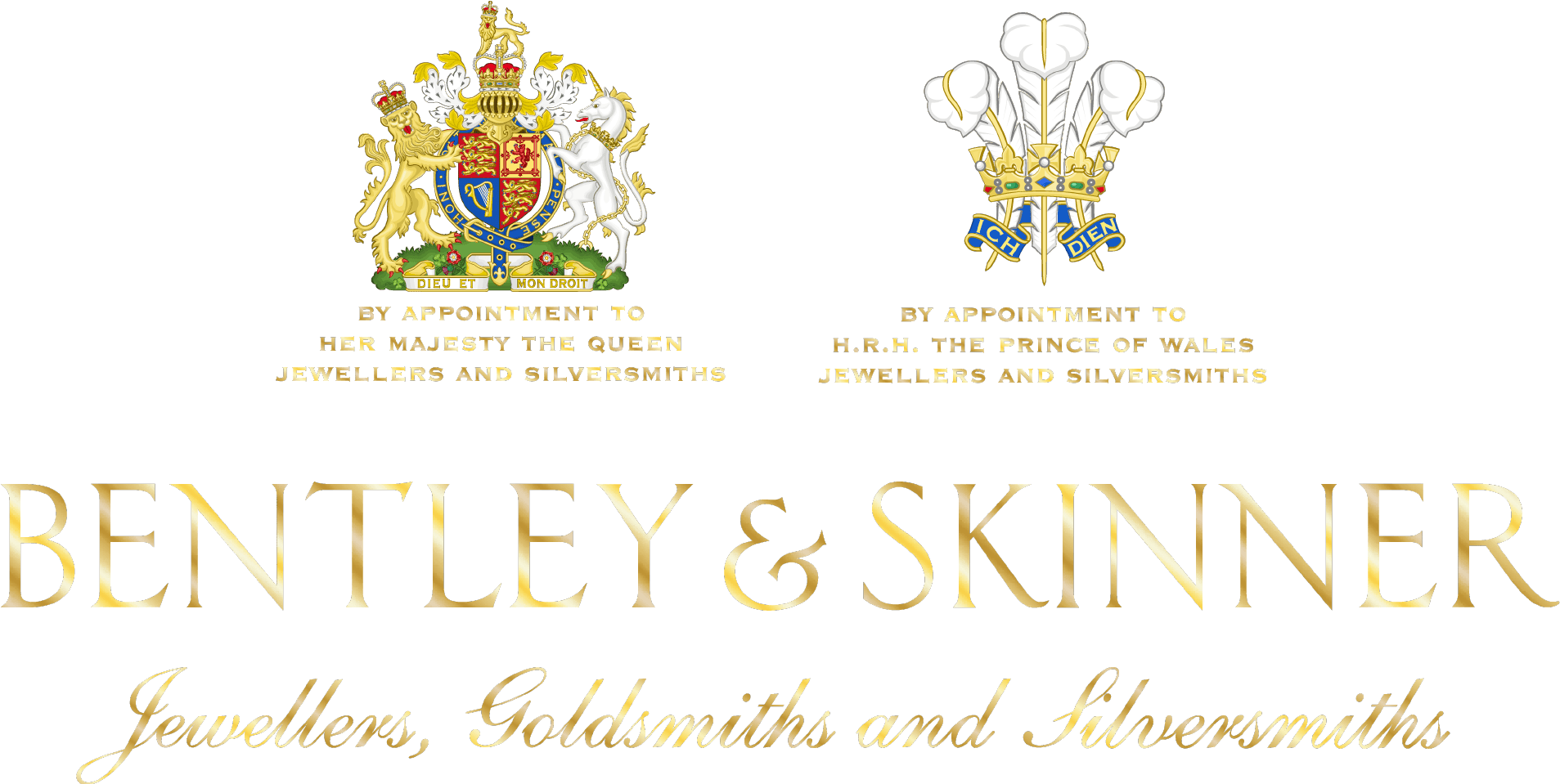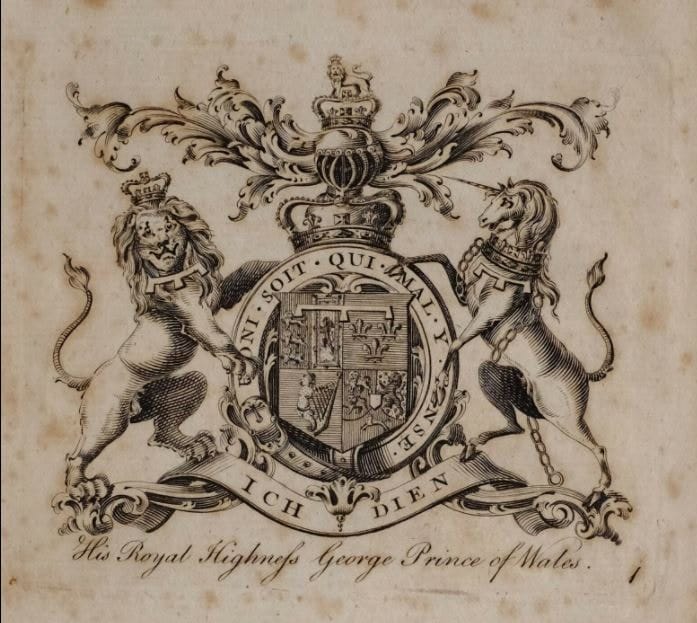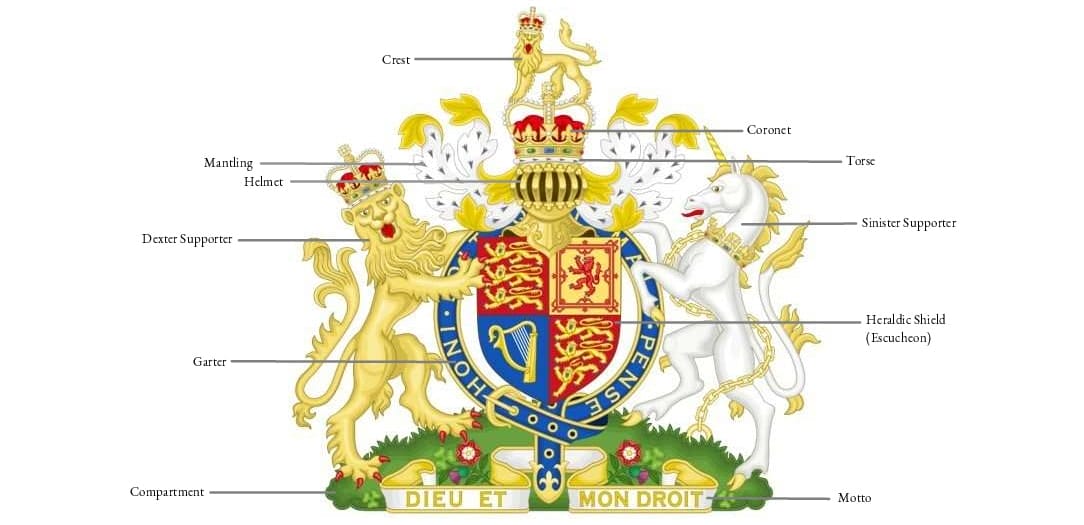


Loading...

Family Crest Coat Of Arms George Prince Of Wales, 1779.
Designed to be proud and powerful, the coat of arms is somewhat shrouded in mystery and allure, but remains a popular choice for engraving on signet rings. Developed in Europe during the 12th century, during the days of knights and jousting, the coat of arms was used as a method of identification for powerful individuals like kings, princes and knights and would be found on the signet rings, or ‘seal rings’ of these men.
In practical terms it was used to identify a knight while he was disguised by his armour, but its metaphorical meaning stems further as a symbol of nobility and chivalry. The cloak or “coat” he wore was decorated with the same illustrations, giving way to the name ‘Coat of Arms’. While the vast majority of us no longer joust nor fight in warfare, the powerful connotations with a coat of arms means its use is still prevalent even today.
Portraying family lineage, these symbols conveyed wealth, power, and chivalric prowess, passing from father to son along with titles and land – and provided the perfect status symbol.
Through history, there came to be three parts to a coat of arms symbol: the shield, the crest and the motto. The shield is the heart of the design, with the crest sitting above the shield and the motto below. The crest sits above the helmet on the coat of arms and often takes the form of a symbolic animal or object.

Royal Coats Of Arms of the United Kingdom
The crest differs from the Coat of Arms as it makes up one heraldic element of the whole. The crest alone is often used engraved on signet rings, as it is a more simplified representation of a family lineage.
The addition of a motto to a coat of arms was a later development, and not all Coat of Arms will necessarily have one. The origins of each and every motto is impossible to know, however mottos will represent the likes of a belief, aim, battle cry or value.
Traditionally the motto is engraved beneath the crest on a ribbon or around the crest within a garter.
Following tradition, most mottos are written in Latin. Historically the language of scholarship, law, and nobility, Latin was widely spoken as a second language by the rich and educated throughout Europe in the Middle Ages, making it an obvious choice for widespread understanding. Even in the modern day, Latin lends a gravitas to mottos, and is still the root language of many aspects of science, law and academia.
Our comprehensive library of family crests and associated mottos enables us to help you trace your own. Please Contact Us for this complimentary service.
We are also able to help you to determine your own coat of arms or to create one through the services of the College of Arms.